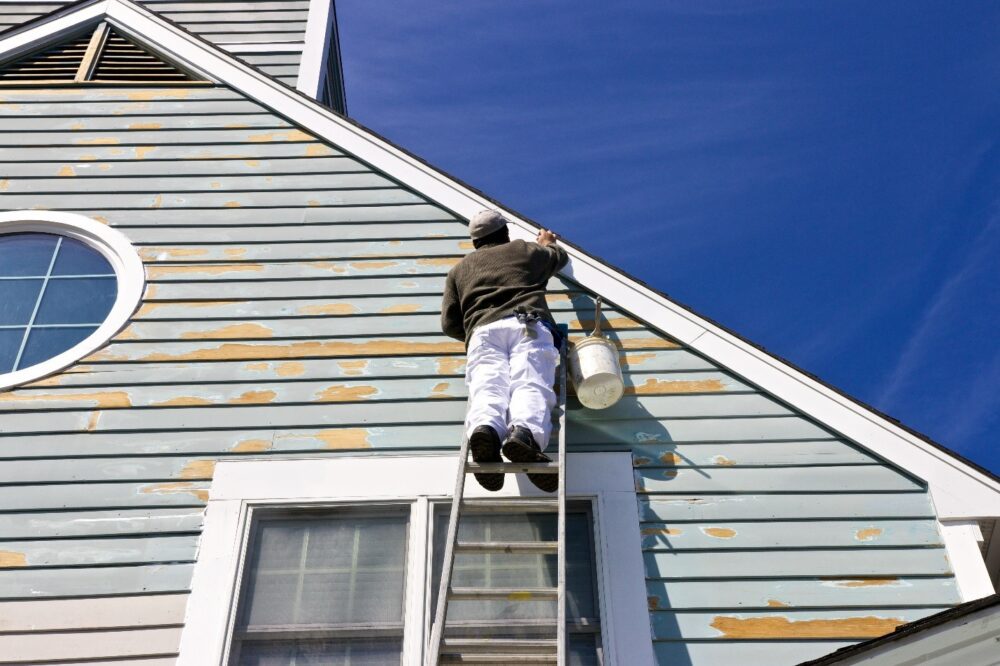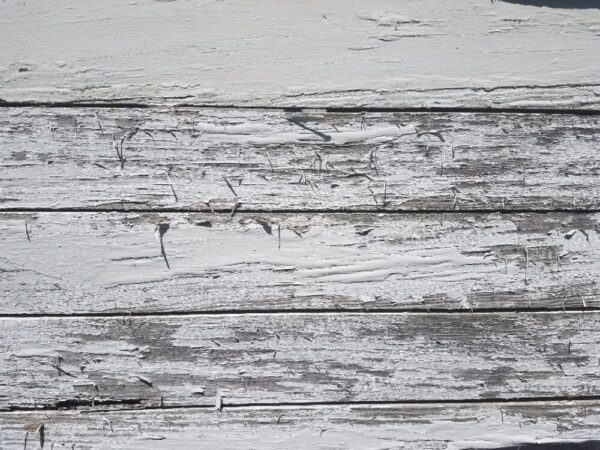When to Replace Exterior Wood Siding

Does your home have wood exterior siding? If so, you might consider yourself lucky.
Unlike other common siding materials like aluminum and vinyl, wood siding boasts low thermal conductivity and high strength against the elements. When coated with appropriate paints or stains and properly maintained, wood siding is resistant to rot and insect damage, too.
Of course, because wood is a natural material, it will eventually begin to break down. Over time, this could result in the need for repairs or total replacement of individual boards or entire sections of your home’s existing siding. But how can you tell when it’s time to consider giving your wood siding a little attention? Today’s post offers a few of the biggest signs to watch out for.
Some Subtle and Not So Subtle Clues Your Wood Siding Should Be Replaced or Repaired
While there is arguably no siding material more beautiful than real wood, homeowners need to understand that maintaining that beauty comes with a certain degree of responsibility. Wood siding requires a commitment to ongoing care that vinyl siding, for instance, does not.
Are you noticing any of the following issues with your siding? It’s time to get to work or find a reputable home exterior maintenance and repair contractor.
Peeling and Flaking Paint
Unlike most other siding options, the main to-do with wood siding is with painting. Wood siding generally comes pre-primed from the factory, but manufacturers like our friends at Kelleher, remind both our contractor and DIY customers that wood needs to be painted within 30 days of siding installation. Otherwise, dirt and moisture can lead to improper bonding of the paint, which will cause it to fail prematurely. If you notice that paint is peeling from your siding, improper installation is certainly to blame.

Rot
When wood takes on water and cannot properly dry out, it will begin to rot. This is caused naturally by wood-decay fungus that thrives on moist wood. Unfortunately, if you are not actively preventing rot in your wood siding, you can’t just cross your fingers and hope it won’t occur. If you neglect your wood siding’s maintenance needs, rot can quickly take hold, spread, and destroy your investment.
Be on the lookout for rot forming, especially around the bottom edges of your siding. If wood siding is installed too close to the ground—less than about 8” above it—it can wick moisture from the earth, which will cause rot to form.
Cracks, Breaks, and Visible Damage
Strong storms can do a number on all of our homes’ exterior surfaces, and wood siding—while more durable and less prone to breakage when hit by falling debris or hail than vinyl material—is not immune to damage.
After severe weather, always look over your home’s siding to check for boards or sections that will need to be replaced. Generally, your homeowner’s insurance can help you out with storm-caused damage to your siding. Also note that here in California, you’ll need to pay special attention to fire ratings for exterior cladding, architectural mouldings, and other features when looking for replacement or new building materials.
Warping
If you spot siding boards that are no longer laying perfectly flat, it can be a warning sign that moisture is somehow getting into the wall system behind it. Unfortunately, investigating and repairing hidden problems like this will require professional help from a trusted exterior contractor since diagnosing these types of issues can be complicated.
If your home is lacking an effective moisture barrier behind your siding, for instance, you may be facing an extensive siding removal and replacement project so your home’s underlying wall system can be better protected from the elements.
Moisture and Mold Inside Your House
Like warped siding, moisture and mold appearing on your interior walls or ceiling edges can point to problems with the wall system between your exterior siding and the wall surface you actually see inside your home. If you notice moisture appearing after wet weather, or even peeling wallpaper or paint within your rooms, you’ll want to find an expert home contractor to help you get to the root of the issue.
I’m Moving Soon—Can I Skip Fixing Problems?
In short, the answer to this question is a resounding no. Why? Well, your house will look better with refreshed siding on the exterior, and this may help you realize a better price at resale.
Wood siding products today—like the Kelleher Advantage Plus™ treated and primed pine wood siding that we stock here at The Moulding Company—carry impressive decades-long warranties that can be transferred to the new owners of your property. So, not only will your buyers be getting a home with a beautifully refinished exterior, when you install new wood siding before you sell, you’re also installing confidence that very little maintenance will be required of the new owners for many years to come.
Need to Update Your California Home’s Exterior?
The Moulding Company is California’s favorite resource for unique wood siding options and architectural mouldings for the exterior of your unique home. Stop by any of our conveniently located northern CA showrooms to shop with our experts and help boost your house’s curb appeal!
Are you looking for trim and interior mouldings—like chair rail, crown moulding, and wainscotting—to help with a remodeling project inside your home instead? We have a fantastic product selection with many items you won’t find anywhere else. Drop us a line to learn more or begin shopping online now!
